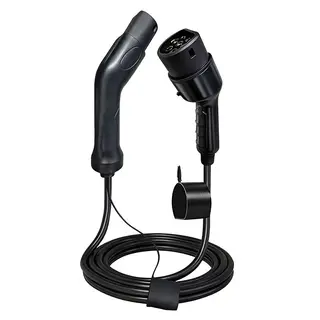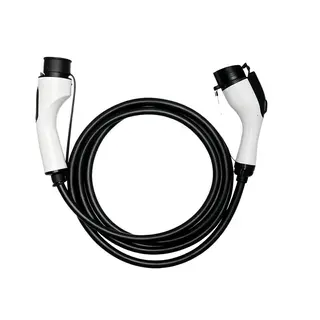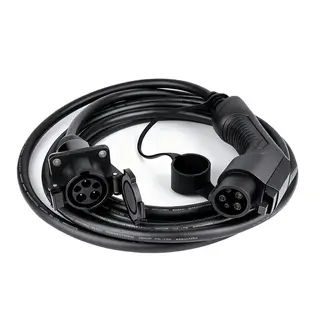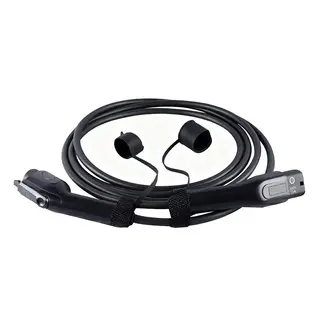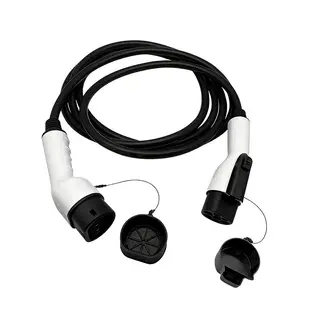Most of the confusion around EV charging comes from the wide variety of plug types, cable modes, and country-specific standards. In Europe, a Mode 3 cable with a Type 2 plug is standard, while in North America, drivers typically use Type 1 or CCS plugs. Understanding these differences helps you charge safely and efficiently.
EV charging cables fall into clear categories:
Mode 2 – Connects to a regular home socket through a control box. Used mainly for emergencies or low-power charging (up to 3.7 kW).
Mode 3 – Designed for wallboxes or public charging stations, supporting up to 22 kW AC. This is the most common cable type in Europe.
DC Fast Charging – Available at public stations with fixed cables (CCS, CHAdeMO, Tesla), offering up to 350 kW.
Though they may look simple, EV charging cables are engineered for durability and safety.
Copper wiring ensures excellent conductivity.
Insulation layers protect against shock and overheating.
Outer jackets made from rubber or thermoplastic resist weather, heat, and wear.
EV cables are built to match regional voltage systems:
Europe: 230V (Mode 2), 230/400V (Mode 3).
US: 120V/240V (Mode 2 and 3).
DC charging: 400V+ globally.
Built-in converters inside the vehicle manage these voltages, but the cable itself must be suited to the system for safe operation.
Cable length affects both convenience and efficiency.
Standard range: 4–10 meters.
Common choice: 5–7 meters for typical home and public charging.
Longer than 10 meters: may cause energy loss or overheating.
Home charging: almost always requires your own cable.
Public AC chargers (Europe): many do not include cables, carry a Mode 3 cable.
DC fast chargers: always include fixed cables.
Tesla Superchargers, Ionity, Electrify America: provide built-in cables.
Safety Note: Extension Cords
Using extension cords for EV charging is not recommended. They can overheat, drop voltage, or cause fire hazards. Only use certified EV cables designed for high loads.
